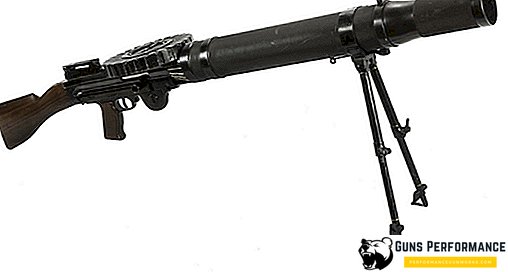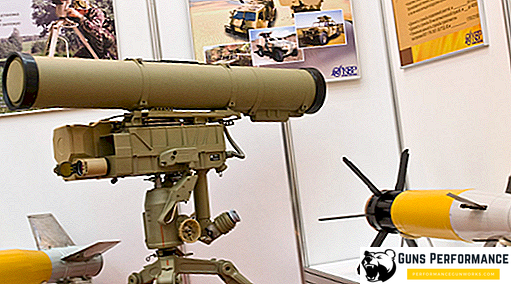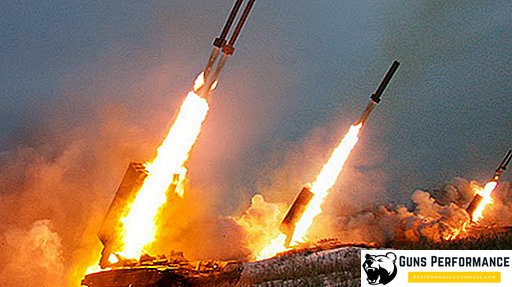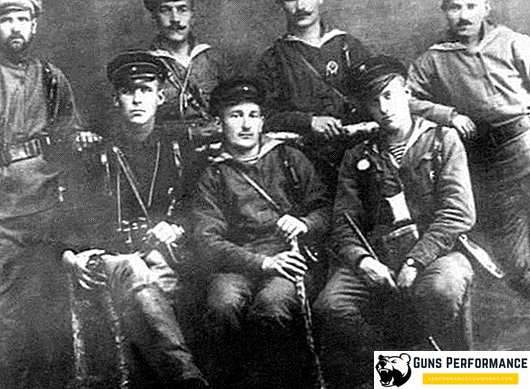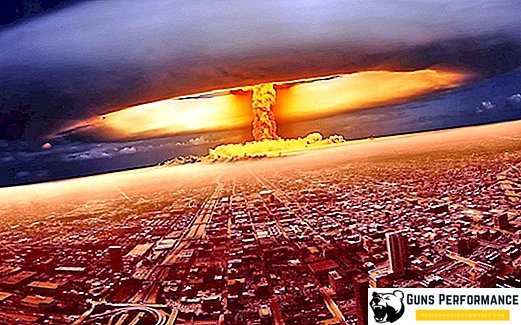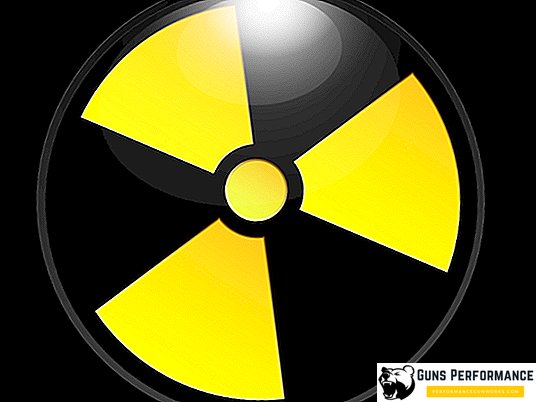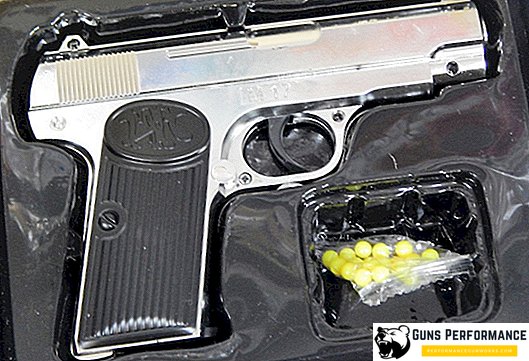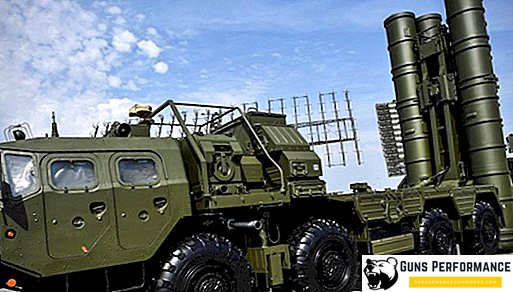The Czech Republic is a state entity that appeared on the political map of the world quite recently, in 1993. Until that time, Czechoslovakia figured in politics - the union state of the Czechs and Slovaks, formed in 1918 on the fragments of the collapsed Austro-Hungarian Empire.
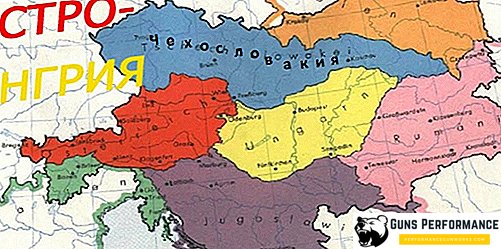
However, despite the young age, the country's political history has deep roots. The system of government in the Czech Republic and Slovakia has always been distinguished by a desire for democratization and pluralism. This was repeatedly confirmed in the difficult years of the existence of the first Czechoslovak state; the modern system of government and administration of the Czech Republic and Slovakia is based on this. The current status of the president of the Czech Republic says a lot. The Czech model of separation of powers between different branches of government can serve as a model for a democratically built society.
The periods of the political history of the Czech Republic and Slovakia
Until 1918, the Czechs were in the role of vassal people, were in a political and economic dependence on the imperial authorities. Austria-Hungary, the Patch Empire, which had fought in alliance with Germany on the fronts of the First World War, suffered a severe defeat and lost its ability to control the centrifugal processes that intensified in the final stages of a military conflict. First, on October 17, 1918, Hungary declared its withdrawal from Austria-Hungary, and ten days later, on October 28, the Czechs and Slovaks declared the formation of their united state - Czechoslovakia. The centuries-long rule of the Austrian house of the Habsburgs over Moravia and Bohemia is over. Czechs and Slovaks embarked on the path of independent development, quickly showing the world that they themselves are fully capable of creating a powerful and politically stable state.
The country soon received its Constitution, in accordance with which the president of Czechoslovakia became the official head of state. The institutions of the state system of government are closely connected with the historical periods that the country has experienced in different years. In the New History of the Czech Republic and Slovakia, it is customary to single out several significant periods, each of which was characterized by the peculiarities of the political world order. At various stages in power were certain individuals who left behind certain memories in the history of both countries.
The following periods can be distinguished in the history of the presidential power of this country:
- The First Republic (1918-1938);
- The Second Republic (1938-1939);
- The Third Czechoslovak Republic (1945-1948);
- Czechoslovak Republic (1948-1960);
- Czechoslovak Socialist Republic (1960-1990).
The period from 1939 to 1945 stands apart in the history of countries, when the Czech Republic was declared the German protectorate of the Czech Republic and Moravia, and Slovakia became the allied German Reich puppet state. Despite the occupation of the country, power was in the hands of the state president.

No less interesting is the post-Soviet period, the time of the collapse of Czechoslovakia into two separate states, the Czech Republic and Slovakia, which ended in 1993 with the formation of two independent states. Each of the newly formed countries received its president, its own parliament and government.
If the New History of Czechoslovakia was politically closely connected with the processes occurring on the European continent in the years 1918-1989, then the Newest history, since 1993, has become a period of political independence of the Czech Republic and Slovakia.
Presidents of Czechoslovakia during the First Republic, 1918-1938
The institution of the presidency in Czechoslovakia began to form as early as the First World War. The movement of Czechs and Slovaks for their own sovereignty over the Czech and Slovak lands was headed by Tomash Masaryk. Acting from abroad, he managed to enlist the support of the Entente states, which supported the idea of the formation of the Czechoslovak state after the end of hostilities.

The guns on the fronts of the First World War had not faded yet, and already on October 14 the Czechs and Slovaks created the Provisional Government in emigration. In November, the Czechoslovak National Committee at the expense of the deputies from the Czech lands was transformed into a Revolutionary National Assembly, the prototype of the first Czechoslovak parliament. Despite fairly rapid political events, Czechoslovakia gained the status of an independent state only in the early 1920s. This was preceded by the adoption by the Czechoslovak Parliament on February 29, 1920 of the Constitutional Charter, in accordance with which the lands of the Czech Republic and Slovakia formed the Czechoslovak Republic, with a parliamentary form of government. At the same time, the head of state was a president elected by members of the National Assembly for a term of seven years.
Representative functions were assigned to the country's president, while all executive power was concentrated in the hands of the government. Taking advantage of the enormous political weight and authority among the political forces of Czechoslovakia, Tomas Masaryk is elected to the presidency. The first president of Czechoslovakia is a political long-liver. After taking the presidency in 1920, Masarik remained the head of state until 1935, when he was forced to resign for health reasons. Under him, nine governments and prime ministers changed. One of the prime ministers in the years of Masaryk was Edward Benes, the next president of the country.

The change of heads of state occurred in 1935. Eduard Benes, who had previously held the post of foreign minister, was elected the second president of Czechoslovakia. It should be noted that during the years of the reign of Masaryk and Beneš, significant reforms were carried out in Czechoslovakia that touched the social and social life of the country. Not only political parties and movements, but also the press organs, which occupied the dominant place in civil society under the first Czechoslovak presidents, gained big rights. The goals and objectives set by Masarik and Benesh largely coincided with the opinion of the parliamentary majority, which focused on the creation of a multi-party and liberal-minded system in the country.
Heads of State in the dramatic period of Czechoslovak history
The uniform and logical development of the Czechoslovak state was interrupted in 1938, when the country's independence became the subject of bargaining between Germany on the one hand, and France and Great Britain on the other. The independence of the Czechoslovak state, which was destroyed by the 1938 Munich Agreement, was at stake. In the absence of representatives of the central government, the leading political players decided the fate of Czechoslovakia, surrendering it to Hitler’s political ambitions.

Seeking to resolve the territorial and political claims from the Third Reich by peaceful means, President Benes took an unprecedented step - he made the decision to transfer the Sudetenland to Germany. Subsequently, this step of the second president was challenged, but there was no other way out of the political impasse in this situation. A week after the beginning of the occupation of the Sudetenland by German troops, President Benes resigned. The First Czechoslovak Republic was liquidated, and in its place the Second Republic, which existed until March 15, 1939, arose. Emil Gaha becomes the acting head of state during this period. Czechoslovakia for this period lost not only the Sudetenland, but also part of Cieszyn Silesia, transferred to Poland. The Slovak city of Kosice went to Hungary. Thus, Czechoslovakia was torn apart by neighboring states.
In the future, the fate of the Czechoslovak state was decided by the willful decision of Hitler, who made of the once united country two separate state formations - a protectorate of Bohemia and Moravia and a formally independent Slovak state. The head of the protectorate was State President Emil Gah, who had previously held the highest state post in the Second Republic. Despite the fact that the presidential post possessed certain rights and powers, all the supreme power in the Czech Republic at that time was in the hands of the Reich Protector. Decrees, decisions and resolutions of the Reich Protector had the force of laws. In addition, the German protector had the right to veto all decisions made in terms of governing the country.

In May 1945, after the Soviet troops liberated the Czech capital, Prague, the dark and sad period of Czech history ended. The country has taken the path of democratic rebirth, politically focusing on the Soviet bloc.
Czechoslovak Presidents during the Third Republic
As early as March 1945, at the initiative of the National Committee for the Liberation of Czechoslovakia, the communists and the émigré government reached an agreement on the joint actions of all political forces in Czechoslovakia. The main purpose of this meeting was the formation of an independent state of the Czechs and Slovaks after the war.

After the liberation of Kosice by Soviet troops in April 1945, the president in exile, Edward Benes, formed the first government of the National Front. On the second day after the surrender of Germany, the restoration of Czechoslovakia within the borders of 1920 was announced. The Constitution of the country, also adopted in 1920, entered into force.
In a solemn atmosphere, Benes returned to Prague on May 16, and the National Assembly on October 8 confirmed the legitimacy of Benes’s presidential powers. A year later, the new composition of the Czechoslovak parliament elects Edward Benes to the presidency of the Czechoslovak Republic.
Despite the return to the country of the pre-war system of government, a characteristic feature of the Third Republic is a sharp political struggle between the supporters of the democratic path of development and the Communists. The latter, with the support of the Soviet occupation forces, called for the establishment of democracy. The Communists, having a numerical majority in the National Assembly, received at their disposal the post of prime minister, who was occupied by the Czechoslovak Communist Clement Gottwald. Two years later, the country is plunging into an acute political crisis, initiated by the communists and inspired from Moscow. In 1948, the country receives a new constitution. Benesch resigns in protest against political pressure. Clement Gottwald becomes the third president of the Czechoslovak Republic.

With the arrival of President Clemen Gottwald in Czechoslovakia, a pro-communist regime typical of all post-war Eastern European countries is established. Formally, the country has a democratically elected parliament, a legitimately elected government and president. In fact, all real power until 1953 is in the hands of the Soviet military administration and the Czechoslovak Communist Party.
Until 1960, when changes were made to the existing Basic Law, there were two more presidents in the country. After the death of Clement Gottwald, the national assembly elected in 1953 to the post of president Antonin Zapototsky. However, four years later, Antonin Novotny, who combined the post of president of the Czechoslovak Republic with the post of First Secretary of the Central Committee of the Communist Party of Czechoslovakia, became head of state.

The years of presidency of Novotny coincided with the most dramatic events of the post-war history of Czechoslovakia, which in world history were called the Prague Spring.
A new page in the history of the Czechoslovak Republic and its presidents
In the early 1960s, Czechoslovakia entered a period of protracted economic and political crisis caused by the unsuccessful administration of the pro-communist government. The president of Czechoslovakia, announcing the completion of the construction of socialism in the country, initiated a change in the name of the state. Now Czechoslovak Socialist Republic appeared on the political map of Czechoslovakia.

Antonin Novotny tried to fight the negative phenomena in the political system of the country, but the decisive vote was for Alexander Dubcek, who held the post of First Secretary of the Central Committee of the Communist Party. By that time, Czechoslovak Communists had sought to get out of the influence of the CPSU, having embarked on a reform of the social, social and political plan.
The intervention of Moscow led to the emergence of a revolutionary situation, when civil society came out of obedience. The result of the revolutionary events in Prague in the first half of 1968 was the introduction of troops from the Warsaw Pact countries into Czechoslovakia, who were able to suppress anti-government and anti-communist speeches. This action was called "Operation Danube".

In a difficult political situation, Antonin Novotny lost control. He was replaced as president of Czechoslovakia by Ludwig Svoboda, a front-line soldier and participant in the Second World War. The new president took office on March 30, 1968.
In 1969, significant changes were made to the country's Constitution, which effectively divided the country into two autonomous public entities - the Czech Republic and Slovakia.
Instead of Czechoslovakia, Czechoslovakia appeared on the political map - the Czechoslovak Socialist Republic. The head of state remained the president of Czechoslovakia, but the legislative power passed into the hands of autonomous parliaments - Czech and Slovak. In this status, the country existed until 1990, when the letter "F" was added to the abbreviation. Czechoslovakia became a federal state within the Czech and Slovak Republics.
Until 1975, Ludwig Svoboda remained the head of state. Toward the close of their presidential term, Freedom practically withdrew from the exercise of its powers. The country's parliament adopted amendments to the Constitution, which allowed in a similar situation to elect a new president. The next head of state was Gustav Husak, who is also the Secretary General of the HRC. A period of political stagnation was established in the country, similar to the one in which the USSR found itself during the reign of Leonid Brezhnev. For 14 years, the country was in the power of the Communists, focused on the policies of the CPSU and the foreign policy of the Soviet Union.

Czech Republic and its leaders
Czechoslovakia was also influenced by the political events of the late 1980s that swept the Soviet Union and the entire socialist camp. The country was one of the first to emerge from the political influence of the CPSU; moreover, the velvet revolution of 1989 put an end to the communist regime. For the first time after many years of communist presidency, the country was headed by a person who put forward her candidacy on the wave of social and social changes. In 1989, the country's parliament elects the head of state, Vaclav Havel, who became simultaneously the last president of Czechoslovakia and the first president of the Czech Republic.

After the current politicians failed to maintain a single Czechoslovak state, a new period began in the history of the Czech Republic and Slovakia. Having existed by inertia for another four years, on January 1, 1993, Czechoslovakia sank into oblivion. As a result of peaceful disengagement, two separate subjects of international law — the Czech Republic and the Slovak Republic — emerged from the once united state. The powers of the head of state are determined by representational functions, but a number of fundamental state functions are assigned to the president, including the post of Supreme Commander-in-Chief of the armed forces of the Czech Republic.
The first president of the new Czech Republic was the same Vaclav Havel, who unanimously triumphed on February 2, 1993 and was elected by the Senate and the Chamber of Deputies. In the future, he managed to re-elect for a second presidential term, thereby becoming the first head of state, remaining as president for two consecutive terms. In total, the first president of the Czech Republic was in power for 10 years - from 1993 to 2003.
From the very first days of his election to the high office of the President of the Czech Republic issues a decree that the residence of the Czech presidents is Prague Castle. In this historical center of Prague there is the administration of the president and all services serving the office of the current head of state.

Since 2013, the election of the head of state is carried out through the holding of direct presidential elections. Срок полномочий действующего президента ограничивается пятью годами.
В новейшей истории Чешской Республики оставили свой след следующие президенты:
- Вацлав Клаус, ставший главой Республики в марте 2003 и остававшийся на посту президента до 7 марта 2013 года, два срока подряд;
- Милош Земан, действующий президент Республики.
Следует отметить, что президенты Чешской Республики по нынешней конституции являются формальным главой государства. Вся полнота исполнительной власти в стране сосредоточена в руках правительства Чешской Республики и действующего премьер-министра.

В 2013 году Милош Земан впервые в истории страны был избран в результате всенародного прямого голосования. После очередных президентских выборов 2018 года продолжает оставаться в должности главы государства.


